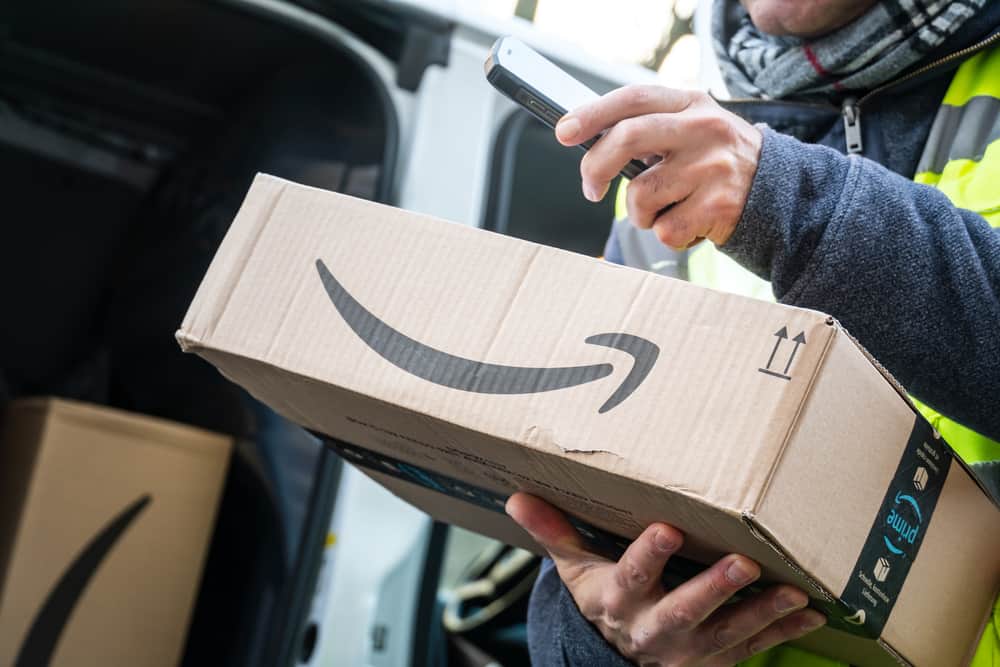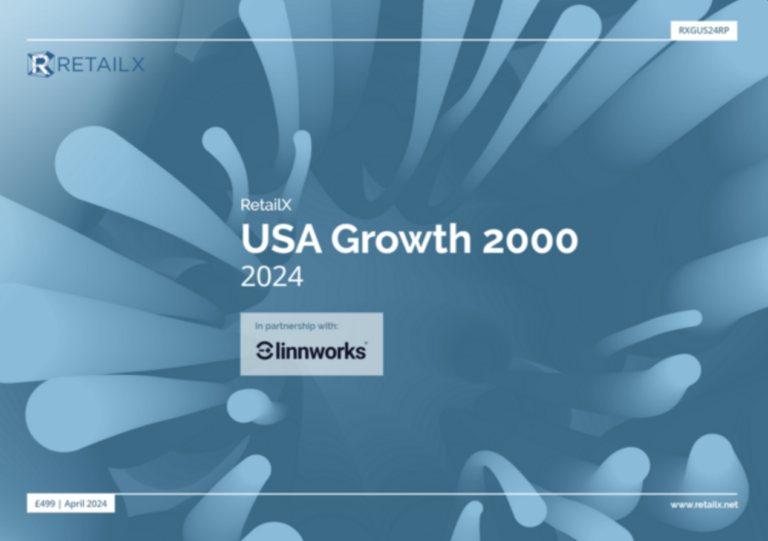Online retailers felt the pressure last month with both sales growth and penetration rates falling amid the ongoing cost of living crisis and rising inflation rates, new data has revealed.
According to the KPMG-BRC Retail Sales Monitor, despite retail sales growing 5.2% on a like-for-like basis in April, compared with a 1.7% drop last year.
However, as the figure for inflation, which currently stands at 10.1%, has not been adjusted, the rise in sales masked a much bigger drop in the volumes of goods, impacting online retailers as more consumers decide to bargain hunt in store.
Click here to sign up for our newsletter
Food sales soared 9.8% and 10% on a total basis and like-for-like basis in the three months to April, respectively, while non-food sales edged up 1.2% on a total basis and 0.8% on a like-for-like basis.
According to the BRC CEO, Helen Dickinson, clothing sales “underperformed” as the poor weather left customers thinking twice purchasing their summer wardrobe.
She said: “Retailers hope sales will improve over the warmer summer months, especially as consumer confidence stabilises and inflation begins to ease. However, they continue to face huge cost pressures from a tight labour market, high energy prices, and other rising input costs, with many retailers reporting lower profits this year as a result.”
KPMG head of retail Paul Martin added: “Retail sales held steady in April with 5% growth on last year, but against a background of higher inflation year-on-year, masking how much is actually healthy growth for the sector.”
“It was a mixed bag for the high street, with sales of footwear, food and jewellery performing strongly whilst more categories slipped into negative territory as clothing and computing continued to witness declining sales.
“Consumer demand has so far been fairly resilient to the twin drags of high inflation and high interest rates, but as government energy support comes to an end for many, savings start to dwindle and other household bills rise, it is likely that the next few months will continue to be challenging as the consumer tank empties.
“Much hinges on whether soaring food inflation can be brought under control enough to allow consumers to comfortably start spending again on non-essential items.”
Image credit: Shutterstock










